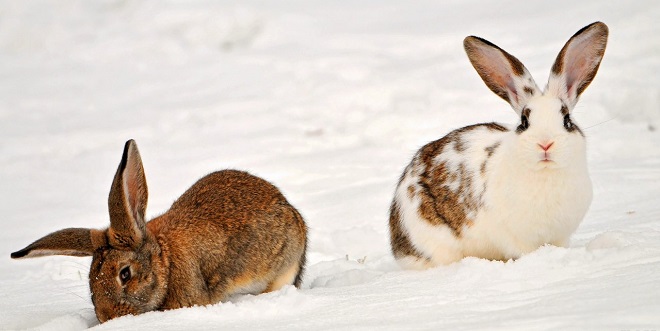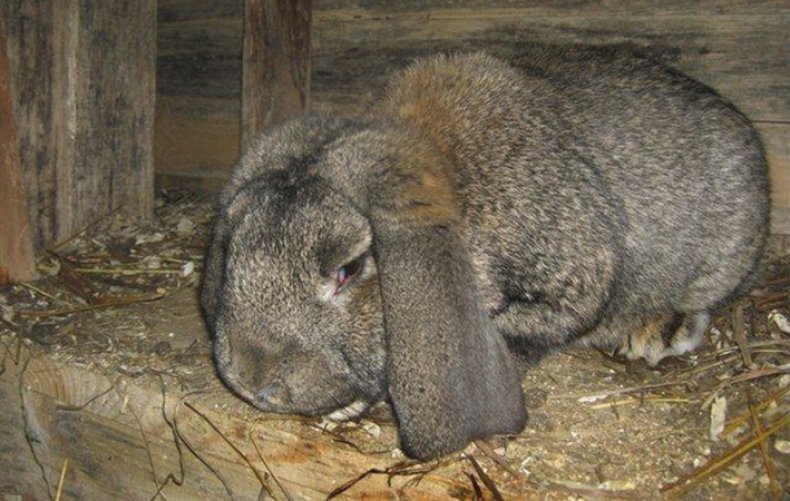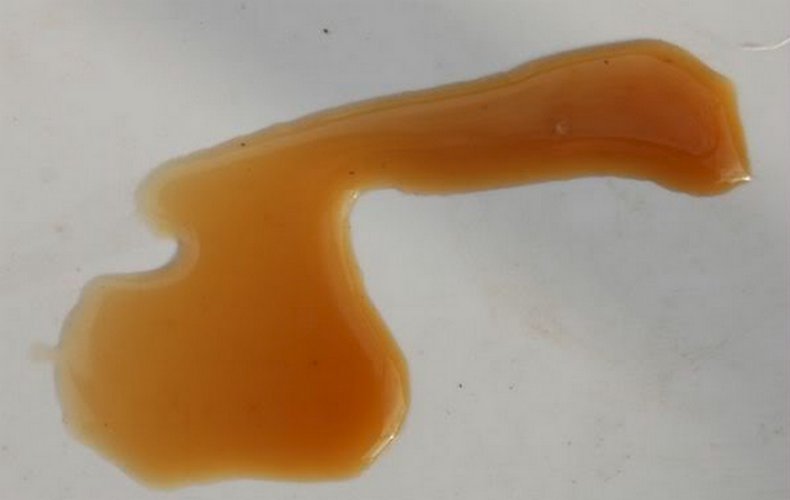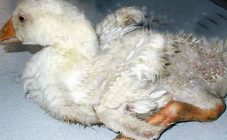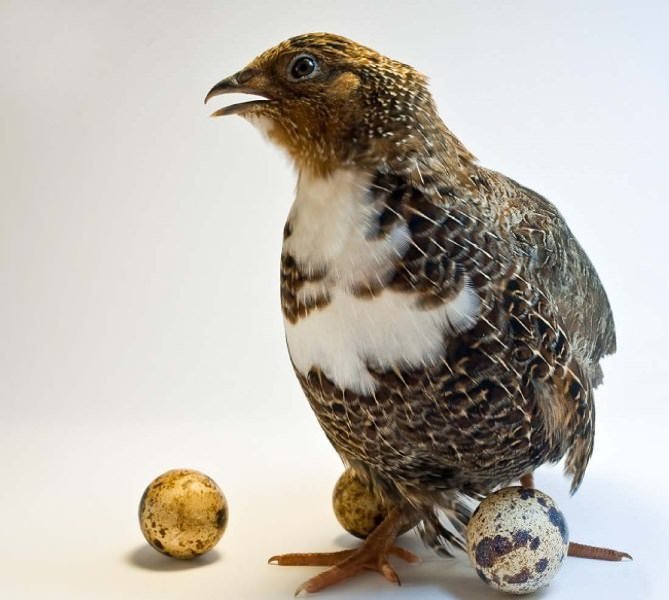Content:
Why rabbits drink their urine and what to do about it is a question that most often worries novice breeders. This behavior can signal the development of a disease, which must be treated immediately. What is the urine of healthy herbivores? What to do if it is colored, blood, mucus or sediment appears in it? All answers are below.
What color is the urine of a healthy rabbit
The breeder can timely recognize the development of the pet's disease by its urine. Normal urine color is straw. If the color is red or dark brown, this is a sign of a malfunction of the genitourinary system. It is also important to pay attention to transparency. Normally, urine should be average for this indicator, but the presence of turbidity is allowed, since this indicates the elimination of toxins.
In some cases, in healthy individuals, the color of the urine may change to a darker and even reddish hue. After the pet has urinated, it is important to observe its behavior. If no additional symptoms are observed, do not worry. It is necessary to consult a veterinarian if lethargy, lack of appetite, uncharacteristic discharge, change in breathing, fever appear. If you suspect the development of diseases, it is recommended to track how the animal defecates and whether it is painful to urinate.
Why does the rabbit drink its urine
Experienced rabbit breeders are often faced with the fact that pets drink their urine. This behavior is found in many animals, and often indicates an imbalance in salt and mineral balance. With a lack of calcium, the stool becomes too transparent and becomes bright in color.
It was previously thought that herbivores begin to drink their secretions during inflammation. However, veterinarians believe this opinion is erroneous. There is no reason to consider this behavior of herbivores abnormal. Consultation with a specialist is needed if the animal becomes restless and other symptoms appear.
Why does the rabbit's urine color change?
Often, with diseases, the herbivore's excretions change their color from bright yellow to orange, red, brown or white. The transparency also changes: urine becomes cloudy, with sediment and the addition of mucus, sand and blood. Each of these characteristics indicates a different problem.
Why does the rabbit have red urine? Often, herbivore urine turns red in winter. An inexperienced farmer may feel that the discharge has acquired this tone due to the presence of blood. However, this color of urine is quite common, indicating the predominance of beta-carotene and porphyrin in the diet.
Why does the decorative rabbit have red urine? In pets, discharge of this shade becomes due to the addition of pine branches to the diet. After changing the diet, the color returns to normal after a few days. Also, red pigment appears in urine due to the intake of antibiotics and other medications. Usually, this side effect is indicated in the instructions for medicines. A pet can pee with a reddish liquid due to a sharp change in conditions of detention and stress.
Dark brown urine indicates the development of urolithiasis.The disease develops due to increased levels of calcium in the muscles and a lack of water in the body. Prolonged bowel movements of dark urine with sediment are a cause for concern. In this case, a doctor's consultation will be required, since an advanced form of the disease leads to death.
In some cases, the appearance of brown pigment is due to nutrition, dehydration, sunstroke or heatstroke. Urine takes on a strong unpleasant odor. Beets, carrots and spinach should be excluded from the diet. Dehydration should be treated with veterinarian guidance, as the problem is irreversible.
Is it dangerous if a pet urinates with a cloudy white liquid with an excess of calcium? This color is close to normal, so do not worry about such discharge. Milk pigment is also often associated with crystalluria, a feature of the physiology of herbivores.
Orange pigment appears when the eared are under stress. It has also been linked to dietary changes and medication. Later, the urine gradually returns to its natural color.
Clear yellow urine is a signal of the development of renal failure and nutritional errors. Combined with a cloudy sediment, it is a sign of diabetes.
Why does a rabbit have blood urine?
The blood in the rabbit urine is detected by a specialist after analysis. A bleeding indicates an infection or pathology. Often this symptom is caused by polyps, stones, sand in the bladder, urinary tract infections, urinary dermatitis. In females, blood sometimes enters the urine from the genital tract. Diseases in which rabbits have bloody discharge:
- the formation of polyps in the uterus;
- erosion of the uterus;
- urinary dermatitis;
- hyperplasia;
- endometrial infection;
- miscarriage.
Often the cause of urinary dermatitis is a violation of the sanitary standards for keeping herbivores. To solve this problem, the bottom of the rabbit cage is redone and covered with a netting, and the litter is changed daily.
In case of suspicion of the opening of vaginal bleeding, an external examination of the female genitals should be carried out. In diseases of the reproductive system, the blood in the urine retains a teardrop shape. In this case, immediate veterinarian consultation and selection of treatment are required.
What to do if mucus or sediment appears in the urine
Mucus and sand in urine is a sign of the development of urolithiasis. They sometimes appear when dehydrated. If the eared eagle suffers from a lack of water, more greens and juicy feed are added to its diet. White mucus in the urine often turns out to be vaginal discharge, they are not dangerous to the pet's health.
Prevention of diseases of the urinary system:
- ensure regular access to water;
- periodically change the water in the drinker;
- provide the eared with a sufficient amount of greens, hay and succulent feed;
- control the amount of salt when cooking;
- feed your pet with healthy vegetables: potatoes, carrots, cabbage, beets;
- reduce or eliminate foods with a high calcium content;
- protect herbivores from drafts, hypothermia, temperature extremes and stress.
The color of a rabbit's urine can tell a lot about its diet and health.Often, problems arise due to an unbalanced diet, so it is important that in addition to rough food, juicy feed, herbs, vegetables and hay are in the fluffy's diet. You can avoid diseases of the urinary system if you follow preventive measures. If a rabbit pees with blood and sand appears in its urine, this is a reason to visit a veterinarian.
